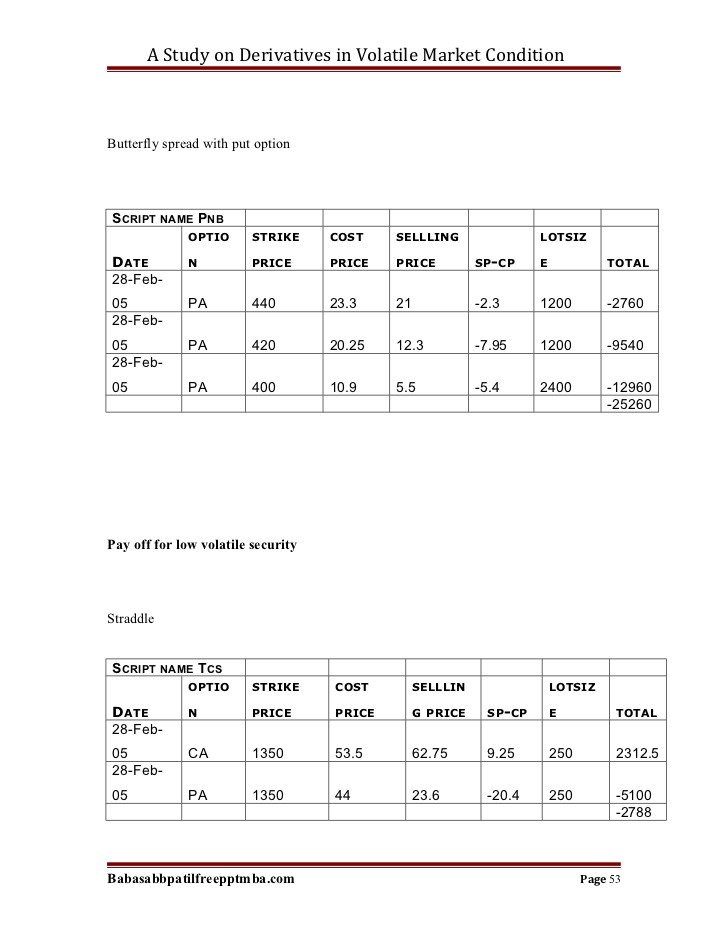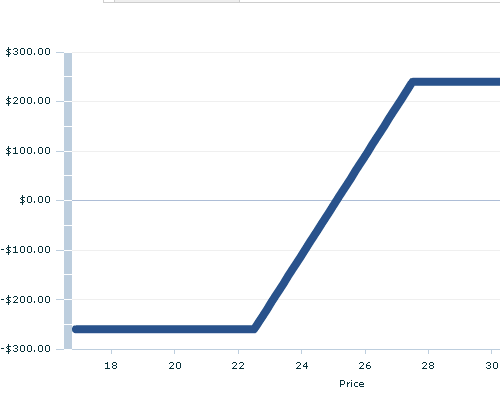Option Collars for Volatile Markets
Post on: 30 Июнь, 2015 No Comment

Option Collars for Volatile Markets
Traders have a love/hate relationship with volatile markets. We love them because trends can be very fast and extended and we hate them because the market can move very quickly against us. Aggressive traders seek ways to speculate and increase their market exposure during these periods and more conservative investors attempt to do the opposite. If you fall into the second category then the options strategy we will discuss in this series is a tool you will want to add to your trading kit.
[VIDEO] Option Collars for Volatile Markets, Part 1
During volatile markets, traders seek to offset some risk through protective puts. These are a good idea because if the market drops down significantly the put will increase in value, which offsets potential losses on your long stock position. The real drawback of a protective put is that the option can be quite expensive to purchase in the first place.The premium you pay will offset many of the gains you could earn if the market breaks out to the upside.
One solution to this problem is a collar. The collar trade consists of a protective long put position that is as far out of the money as a short or covered call sold against the same stock with the same expiration date. The premium received from the call offsets all or most of the premium paid for the put making that protection much less expensive. Usually you can anticipate paying a small net debit to enter this position. By entering a collar option position against a long stock position you have offset a lot of your downside risk but also limit your upside. Typically, traders will apply the strategy when they are long a stock and dont want to sell at current prices but would find a small price improvement acceptable.
Now lets walk through the process and potential end results of buying a collar on a long stock position. In the market, the more you reduce your risk the more you reduce your upside and a collar is a great example of that principle. The structure of a collar consists of selling an out of the money call to finance the purchase of a protective put. Although the premium from the call will help to offset the cost of the protective it will cap your gains.

[VIDEO] Option Collars for Volatile Markets, Part 2
By expiration there are three possible results. The first possibility is that the market rises considerably and you are called out at the strike price of the call you sold. Your gains are offset slightly by the cost of the collar. The second possibility is that the stock or market falls a lot and you start to lose money on the stock but the put becomes more profitable limiting those losses. Keep in mind as well that in the second scenario you get to keep the premium from the covered call you sold. In the final scenario the market does not move by very much and you are not called out and the put expires worthless. In this case, you will have likely lost a little but have probably enjoyed your peace of mind.
A collar is usually only bought against a stock that you own and dont want to sell at current prices but would be willing to sell if you had some minor price improvement. Traders use them when they have a bullish bias on the stock but may be concerned about short term volatility to the downside. You will see this strategy used during periods of extreme market volatility as well as before corporate events like an announcement or earnings release. Run an if-then analysis of your own on some stocks that you are holding to see if this strategy makes sense for you.














